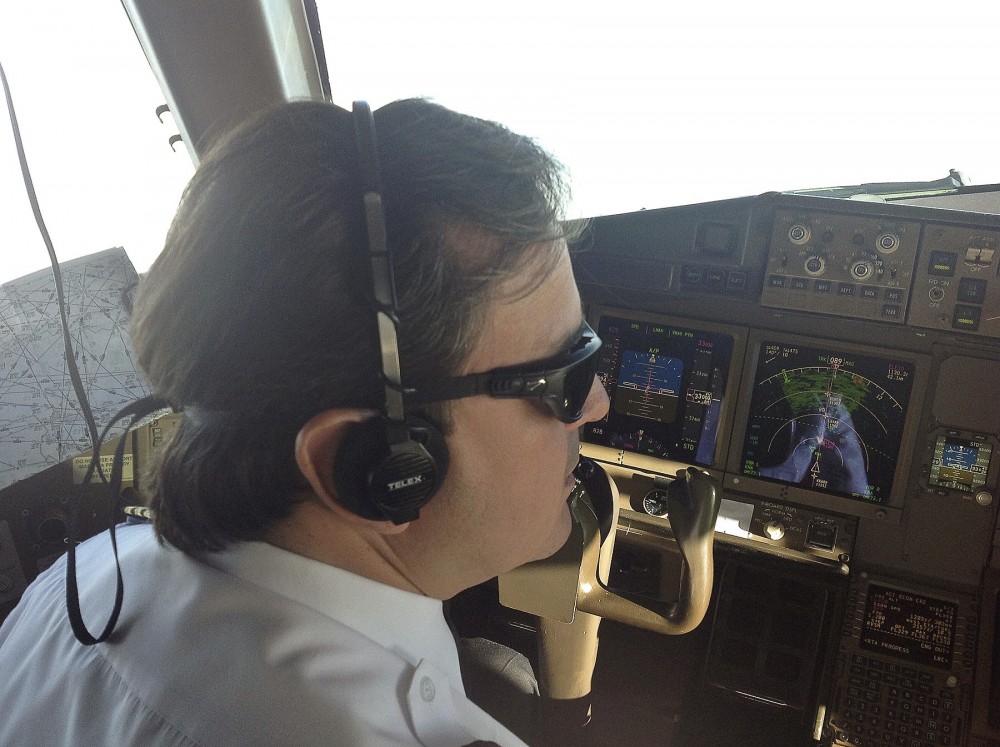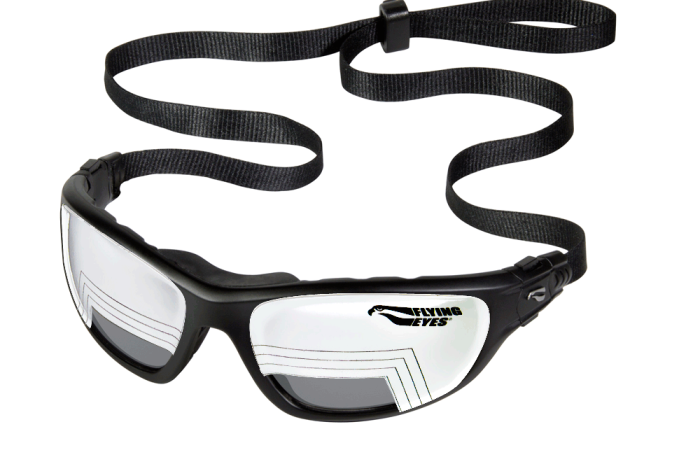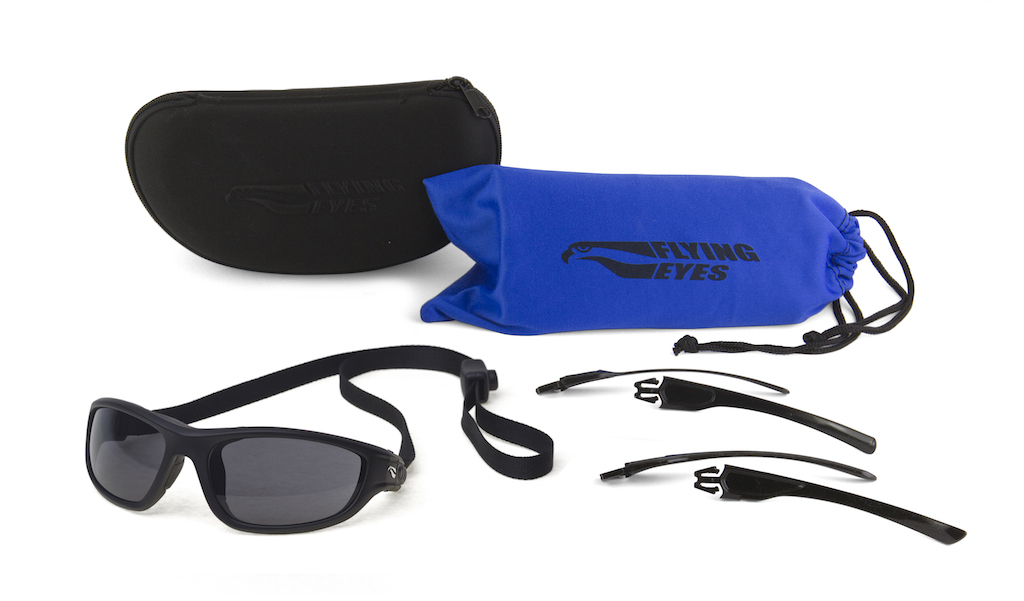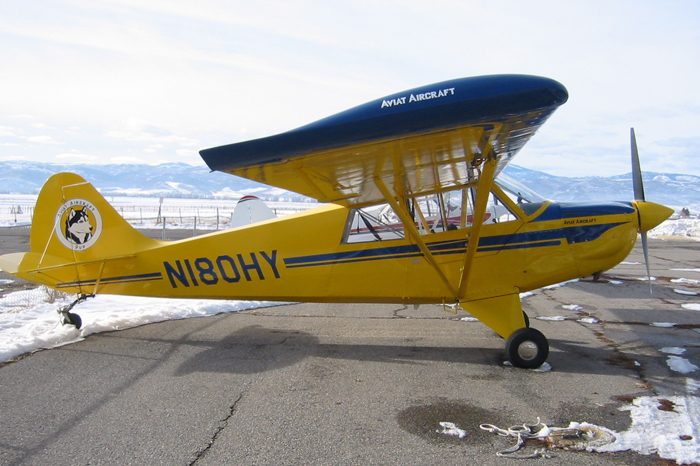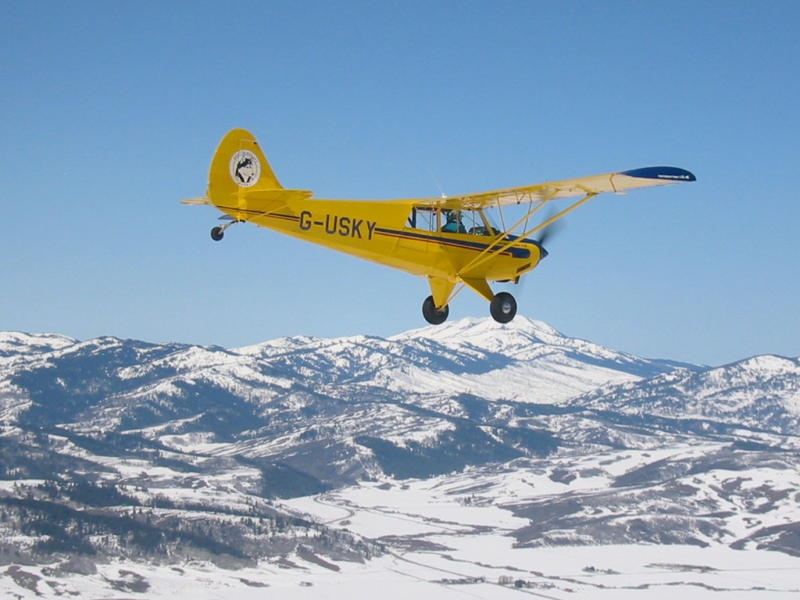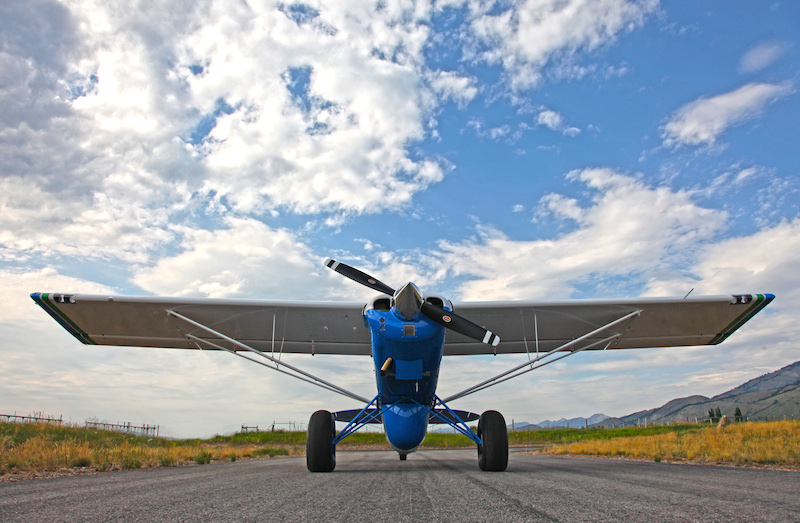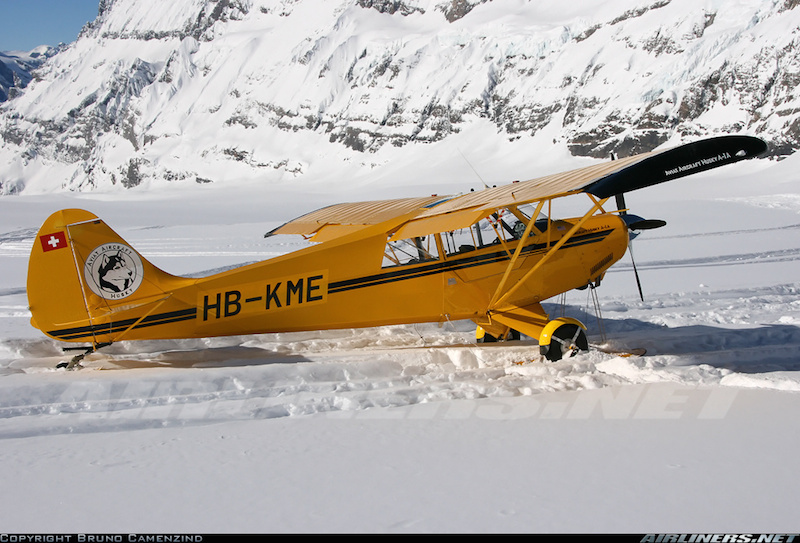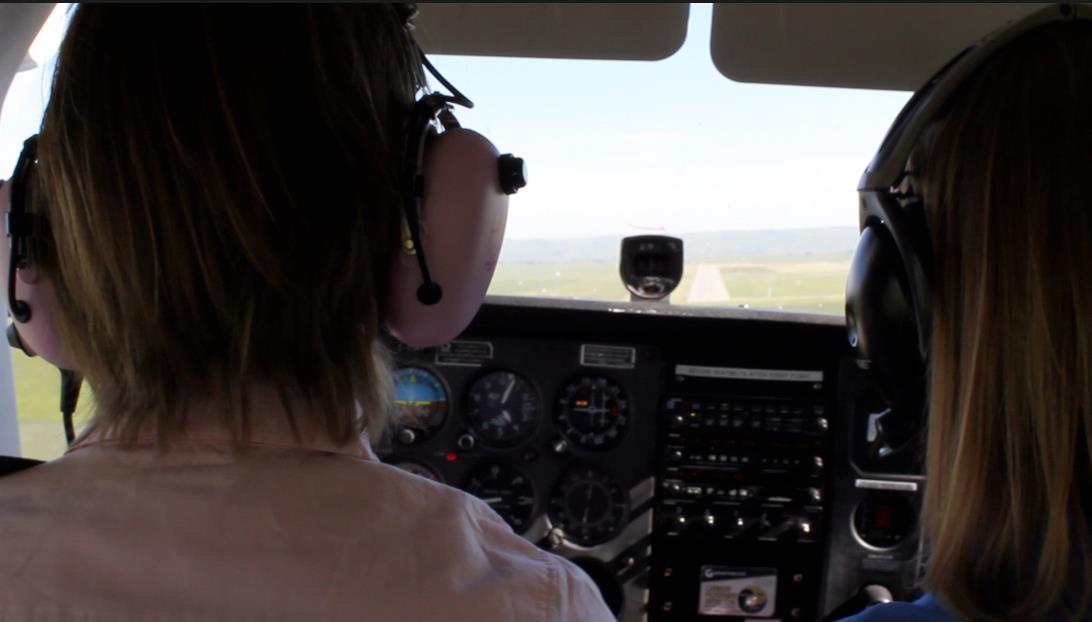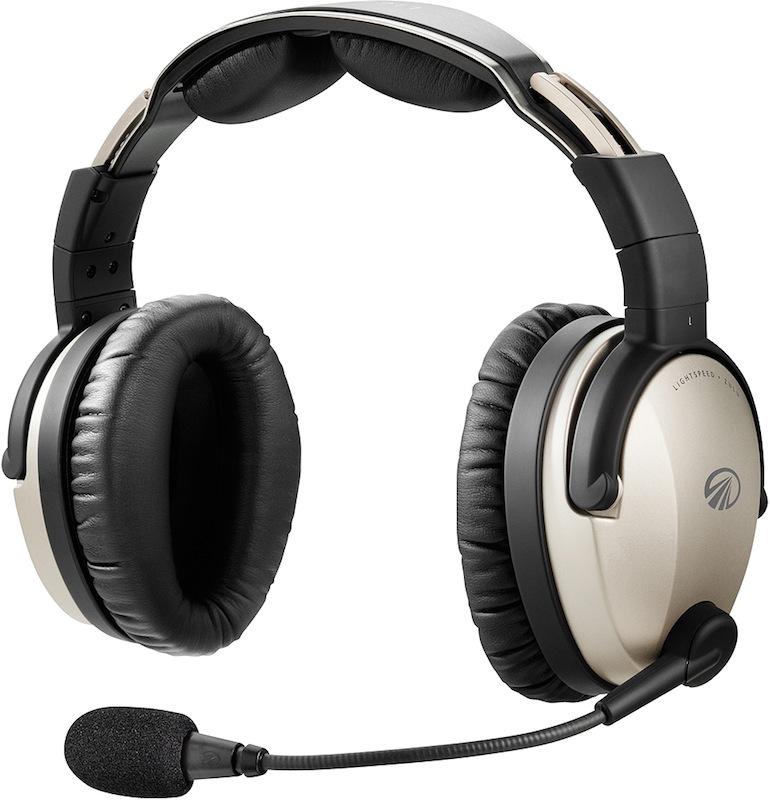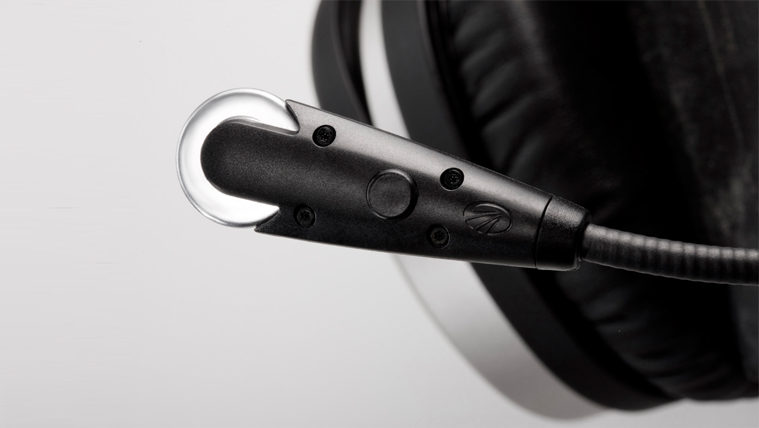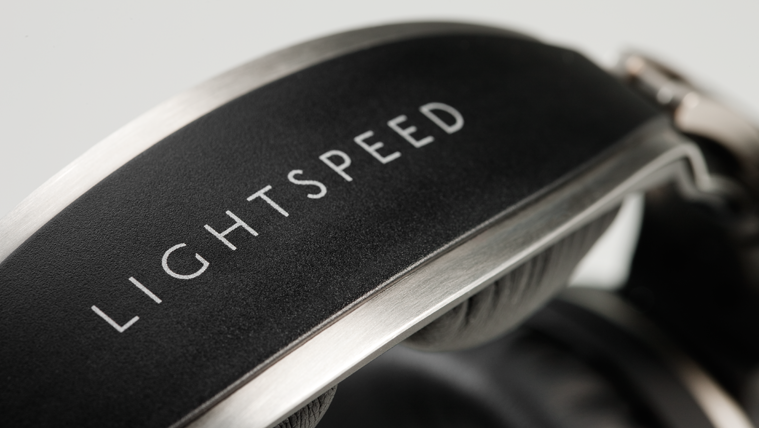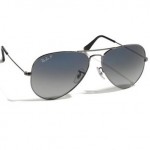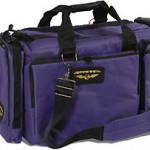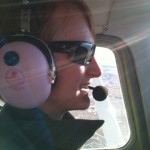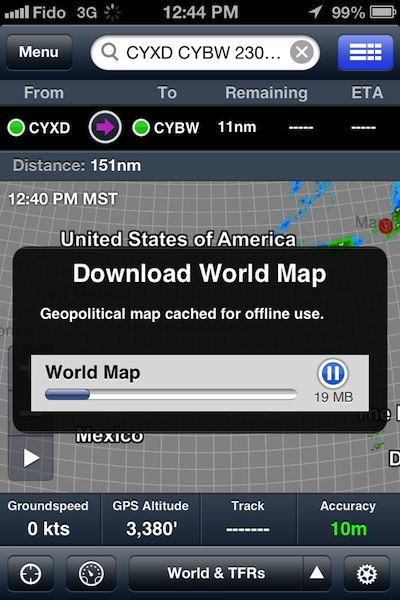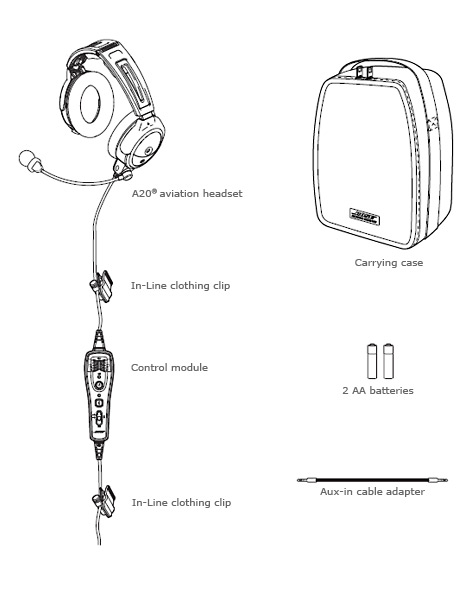
Made for Pilots
Flying Eyes sunglasses were created by a pilot for pilots. The founder of Flying Eyes, Dean Siracusa, has been flying for the past 14 years, and was unable to find a set of sunglasses that fits comfortably beneath his headset. He found many other pilots have had the same problem, and the idea for Flying Eyes was born.
Created for wearing under an aviation headset
If you are a pilot, you know that it can be challenging finding a set of sunglasses that fit beneath your headset. Many squeeze your head very tightly, making wearing them under a headset or a helmet is very uncomfortable. On top of it, many sunglasses create a gap that leaks noise through the cups of your headset.
I love my current sunglasses, which are prescription Oakleys, but they are really uncomfortable under my headset: they squeeze my head and they create a gap in my ear cups that leaks noise.
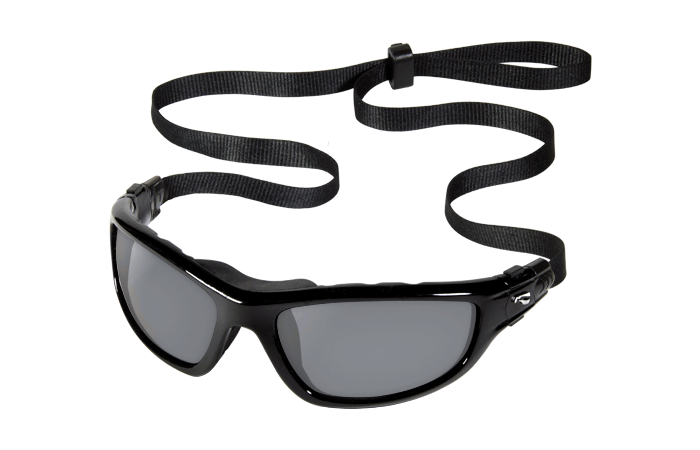
Practical and Durable
These are the ideal aviation sunglasses. The sunglasses are the perfect way to protect your eyes while looking great and are virtually unbreakable. Made from durable Resilamide, these glasses are very durable.
Convertible
These sunglasses are easily convertible and come with three different options. First, the non-elastic strap that singes behind your head is perfect for wearing with an aviation headset. It’s super comfortable and has a snug fit, and you can barely see the strap. The glasses also come with a ultra thin temples that are perfect to wear with a helmet – they are 70% thinner than regular temples but equally strong and resilient. Regular temples are perfect for everyday wear.

It takes seconds to change the temple styles. Simply click the quick release top and bottom button on the temples and they will pop out. To insert the desired temples simply click them in, and you’re done.
The glasses have an excellent fit and are extremely comfortable to wear. The frames come in either a matte or glossy finish. The glossy black looks sleek and stylish, while the matte finish is a more low key finish.
Three different types
The sunglasses come in three different types: the Hawk, which start at $169 depending on the type of lens chosen. There are four types of lenses available, the standard solid neutral gray tint being the most popular for pilots. Also available are:
- Polarized: not recommended for pilots as they interfere with the view of the instrument panel and other devices
- Gradient Gray Tint: subtle and excellent for blocking out harsh sunlight through the windshield, allowing for easier viewing of the instrument panel
- Transition photochromic lenses, which darken when you go outside and lighten inside, responding to UV rays
The sunglasses also provide UV 400 protection, on all lenses. This is a very high level of UVA and UVB ray protection, blocking all sunlight up to 400 nm in wavelength.
They also come with a prescription option (starting at $336) and as bifocals (starting at $189). To get the prescription version, you must send over an Rx from your optometrist and Flying Eyes will do all the work. Presciption range available is from +4.00 to -4.00.
No more IFR Hood
A neat feature of these glasses is they can easily be converted into ‘foggles’ – so you never need an IFR hood ever again. They are cleverly designed, static-cling labels you can adhere to your sunglasses that turn them instantly into IFR training glasses. These labels are custom designed for the Flying Eyes sunglasses and block out all extraneous viewing from your line of sight except for the instrument panel in your cockpit. These are available for $12.
Specs
- Precision polycarbonate lenses
- Lightweight Resilamide frames
- 3 convertible temple options included
- Soft micro fiber bag and cleaning cloth included
- Zippered protective hard case
Where to buy
Interested in learning more? These sunglasses are available online from the Flying Eyes online store.
Update!
There are even more sunglasses to choose from now at Flying Eyes.
Flying Eyes has been around for several years now and have expanded their product line up. Including the original Hawk convertible sunglasses which are available with or without prescription, which retail for $164- 194, there are also six other models, all made to fit under headsets or helmets. Check out their full product line! They even have classic aviators, the Cooper Titanium, with slim sides for wearing them under your headset.
Unlike classic aviators, which even though they have thin temples, can still hurt your head, the Flying Eyes Cooper titanium aviators feature micro thin temples, which fit under headsets without pressure or pain, no matter how long you wear them.
Or, buy them on Amazon for only 159
These make a great gift.
